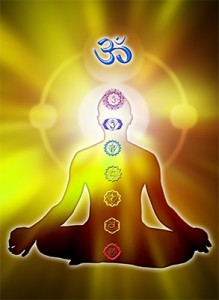Last week, Jimmy Kimmel hosted a “sign language rap battle” where two interpreters and deaf entertainer named Jo Rose Benfield each delivered their live interpretation of a Wiz Khalifa song. The video has nearly a million views on YouTube and was featured on many prominent sites across the web– further proving that pop culture is ready to embrace deaf performers.
How do deaf people enjoy music?
Vibrations, beats, lights, interpreted lyrics, and awesome dance moves! It is inspiring to see mainstream media outlets exploring all-access entertainment, even if it’s happening slowly. I was thrilled to see a deaf musical interpreter share her talents with a wider audience, and the “battle” format allowed people to see a diversity in signing style.
Although Jimmy Kimmel did not inform audiences that one of the performers was deaf (he referred to her as a certified interpreter), I think it is still important to view this experience in a positive light. Everyone in the video was energetic and having fun. The interpreters were completely professional and Jo Rose is an instant superstar. Both deaf and hearing audiences were captivated by the beautiful, rhythmic ASL interpretations, and the popularity of the clip has fueled the ongoing national conversation about deaf issues.
In similar music news, artist Jamie xx just released a video for his song “Sleep Sound” that stars all deaf dancers. Although it did not feature any sign language, the video beautifully captures the appreciation deaf people can have for music. The diverse cast of dancers are smiling, twirling, and moving their bodies to the vibrations of the song, which has no lyrics.
One thing I hope artists take away from this is that they have deaf fans. If more musicians made their performances fully accessible, I believe they’d be surprised how many deaf/ HoH individuals relate to their music, come out to shows, and purchase band merchandise.
Yes, venues are responsible for providing event interpreters upon request, but imagine how many deaf fans consider this a barrier. There is no deciding to see a concert last minute, interpreters need to be booked in advance. Additionally, not all interpreters are of the same caliber as those shown on Jimmy Kimmel Live, so there’s no promise that the deaf audience will receive a high quality performance. If musicians specifically incorporated interpreters into their act they would demonstrate a true appreciation for deaf fans by guaranteeing a performance up to the artists’ standard. This is what equality looks like.
Media exposure can be a powerful catalyst for change. As pop culture explores the deaf experience, I hope to see deaf fans welcomed into the musical space. It breaks my heart when I think about deaf children being sent the message that music and dancing are not for them. Nobody should feel excluded. Music is for everyone!
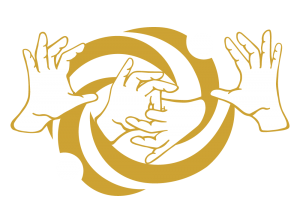



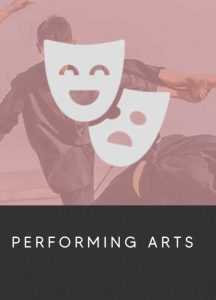

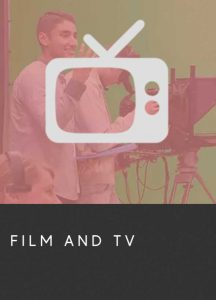







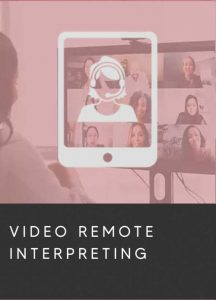
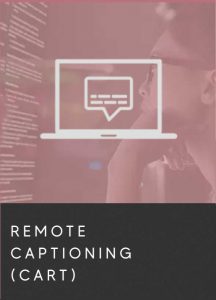

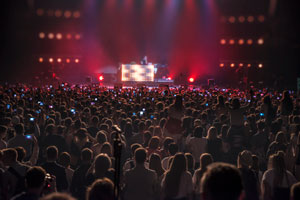 On December 28, Madison Square Garden was a sea of colorful tie-dye, flashing LED lights, and smiling faces. The crowd energy in the sold out venue reached a frenzy when the house lights went down, and rock band Phish took the stage. As Phish pulsated the building with their signature jams, their renowned lighting director illuminated the arena perfectly in sync with the music. The audience swayed, spun, and reacted to the antics on stage– including a profoundly Deaf fan who I had the privilege of interpreting for.
On December 28, Madison Square Garden was a sea of colorful tie-dye, flashing LED lights, and smiling faces. The crowd energy in the sold out venue reached a frenzy when the house lights went down, and rock band Phish took the stage. As Phish pulsated the building with their signature jams, their renowned lighting director illuminated the arena perfectly in sync with the music. The audience swayed, spun, and reacted to the antics on stage– including a profoundly Deaf fan who I had the privilege of interpreting for.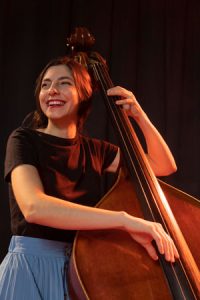 One of the most common misconceptions about deafness is that Deaf people can’t enjoy music. This is absolutely not true. Music is for everyone! Music embodies joy, pain, love, or heartbreak. Music comes from within the heart of the artist, and resonates with the souls of the audience. Each of us may have a different connection to a song, yet we can still enjoy it together. Deaf people are able to appreciate music because it’s not really about hearing; it is about sharing an experience.
One of the most common misconceptions about deafness is that Deaf people can’t enjoy music. This is absolutely not true. Music is for everyone! Music embodies joy, pain, love, or heartbreak. Music comes from within the heart of the artist, and resonates with the souls of the audience. Each of us may have a different connection to a song, yet we can still enjoy it together. Deaf people are able to appreciate music because it’s not really about hearing; it is about sharing an experience.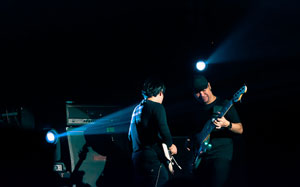 At a concert, Deaf fans use their other heightened senses to enjoy the crowd, the lights, the energy, the visual performance, and bass vibrations. When provided an interpreter, Deaf audience members can also be involved in the lyrical aspects of the concert. Interpreting at Phish was one of the most fun moments of my career; sharing the excitement of the performance with another fan felt so natural. Over the past few years, musical interpreting has gained quite a bit of attention. Barbie Parker has become well known for her emotionally-charged work at Lollapalooza, and other interpreters have been praised for their interesting interpretations of rap performances. Finally, music festivals like Bonnaroo, venues like Madison Square Garden, and performers like Bruce Springsteen have come to recognize that quality interpreters make or break a Deaf concert goers’ experience.
At a concert, Deaf fans use their other heightened senses to enjoy the crowd, the lights, the energy, the visual performance, and bass vibrations. When provided an interpreter, Deaf audience members can also be involved in the lyrical aspects of the concert. Interpreting at Phish was one of the most fun moments of my career; sharing the excitement of the performance with another fan felt so natural. Over the past few years, musical interpreting has gained quite a bit of attention. Barbie Parker has become well known for her emotionally-charged work at Lollapalooza, and other interpreters have been praised for their interesting interpretations of rap performances. Finally, music festivals like Bonnaroo, venues like Madison Square Garden, and performers like Bruce Springsteen have come to recognize that quality interpreters make or break a Deaf concert goers’ experience.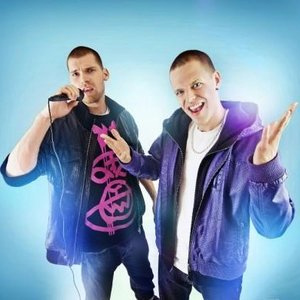 Deaf people can also be incredible musicians!
Deaf people can also be incredible musicians! 